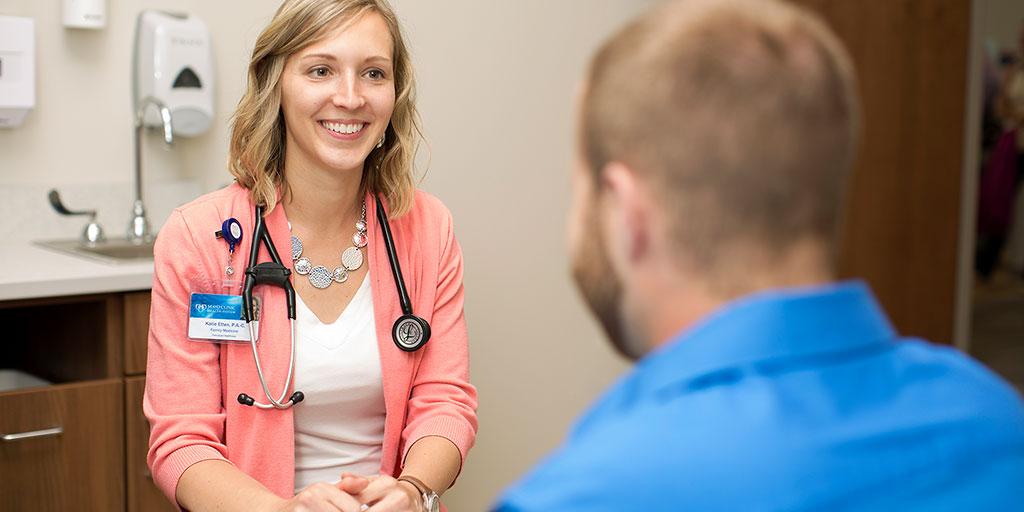The role of Physician Assistant (PA) has emerged as an increasingly attractive career path in healthcare, offering a compelling blend of patient care, professional autonomy, and work-life balance. For those interested in medicine but seeking an alternative to becoming a physician, the PA route provides an excellent opportunity to practice medicine while potentially avoiding some of the lengthy training and high debt associated with medical school.
Educational Requirements and Prerequisites
For those training to be a PA, the road typically begins with a bachelor’s degree, though the specific major isn’t always crucial. However, most PA programs require prerequisite biology, chemistry, anatomy, and physiology coursework. Many successful applicants complete degrees in sciences like biology, chemistry, or health sciences. Beyond coursework, most programs expect candidates to accumulate hands-on healthcare experience, typically ranging from 1,000 to 3,000 hours, through roles such as EMT, medical assistant, or patient care technician.
The PA Program Experience
PA programs generally take between 24 and 27 months to complete, combining classroom instruction with clinical rotations. The curriculum mirrors medical school in many ways, but in a condensed timeframe. Students can expect:
- Intensive coursework covering medical sciences, pharmacology, clinical medicine, and diagnostic methods, with a particular emphasis on practical application rather than theoretical research
- Clinical rotations through various specialties, including family medicine, emergency medicine, surgery, and pediatrics, providing hands-on experience with patient care
- Development of essential skills in patient assessment, diagnosis, treatment planning, and medical procedures
Certification and Licensing
After completing a PA program, graduates must pass the Physician Assistant National Certifying Exam (PANCE) to become certified. This comprehensive exam tests medical knowledge and clinical skills. Once certified, PAs must maintain their certification through continuing education and periodic recertification exams.
Advantages of Choosing PA over MD
The PA path offers several distinct advantages compared to pursuing a medical degree. The shorter training period means less student debt and faster entry into the workforce. Key benefits include:
- Shorter training duration: 2-3 years of PA school versus 4 years of medical school plus 3-7 years of residency
- Lower educational debt: Average PA program debt is significantly less than medical school debt
- Specialty flexibility: PAs can switch specialties without completing additional residency programs
- Better work-life balance: More predictable schedules and fewer on-call requirements
- Collaborative practice environment: Work closely with physicians while maintaining significant autonomy
PAs enjoy significant flexibility in their careers, with the ability to switch specialties without additional formal training. They typically work more regular hours than physicians, leading to better work-life balance while still maintaining a rewarding career in medicine.
Career Growth and Specialization
PAs can work in virtually any medical specialty, from primary care to surgical subspecialties. Many find their niche in areas like emergency medicine, orthopedics, or dermatology. Career advancement often involves taking on leadership roles, specializing in particular areas of medicine, or moving into the education and training of future PAs. The flexibility to move between specialties throughout one’s career provides unique opportunities for professional growth and diverse clinical experiences.
Financial Considerations
While PA programs require significant investment, the shorter training period typically results in less student debt than medical school. Starting salaries for PAs are competitive, often ranging from $90,000 to $120,000 annually, with experienced PAs in certain specialties earning considerably more.
Becoming a PA represents an excellent career choice for those passionate about healthcare who desire a balance between professional achievement and personal life. The role combines meaningful patient care with reasonable training requirements and strong career prospects. While the path requires dedication and hard work, the rewards – both personal and professional – make it an increasingly popular choice in healthcare.

